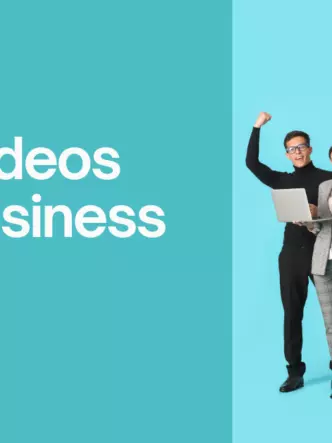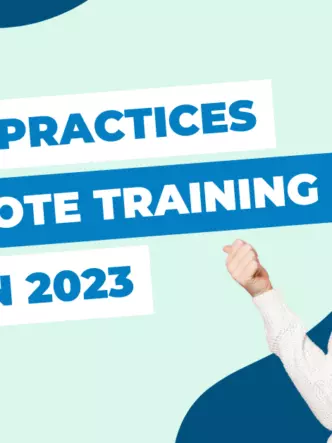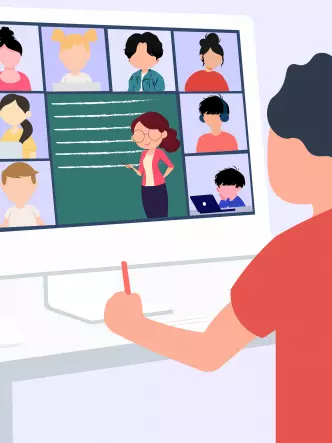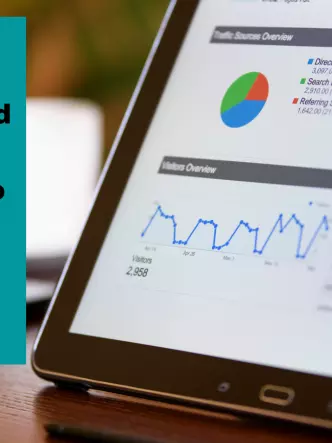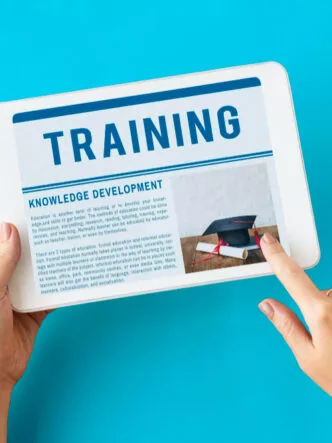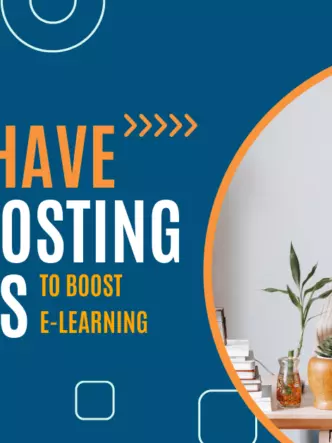Traditionally, institutions of higher education always preferred to use lecture halls as their primary venue for teaching students. In practice, this would entail a classroom full of people all listening to one lecturer for an hour or more regarding their chosen subject. This usually worked well, because the students could take notes during the lecture, and there would usually be the opportunity to ask questions as well.
However, in recent years, there has been a movement by some universities to introduce more technology into the learning process. This allows students to do more of their work at home and complete more of their studies remotely. Some universities are also allowing students to complete entire degrees remotely, something which wasn’t possible as little as ten years ago. As the attention spans of students continue to decrease, this could be an ideal way to deliver education in the future.
The COVID-19 outbreak pushed this even further, leading to further advances by universities to accommodate those that cannot get to lectures. Another benefit is that new students and foreign exchange students who are not able to come and see the campus and the university environment can now take advantage of virtual open days.
Because of this unique situation, universities are now trying to come up with new ways, such as Zoom video conferencing, to teach their students remotely and still attract new students.

Here are the top 4 original ways higher education can use video to keep tutoring their students.
1. Staff knowledge base & knowledge sharing
Academic jargon can be needlessly complex, and writing out a daily email to all the lecturers takes a lot of time. However, there are far easier ways to get information across to everyone without having to spend a lot of time.
With everyone having to stay at home, there is an opportunity for heads of departments to record brief updates and send them to all the lecturers. These bite-sized videos can be easily recorded using RecTrace which allows users to record with their webcams. It means no special equipment or editing is needed, and they can be recorded and sent in just a few short minutes.
If you use knowledge-based software like Cincopa Online Video Course, you can create a series of videos and have them all searchable so that lecturers and staff can find the most relevant parts for them. The RecTrace add-on compliments Cincopa brilliantly, so videos can be created and stored in a logical and useful way.
Creating a knowledge base will not only help lecturers and staff during the COVID-19 shutdown but can also improve communications going forward.

2. Virtual open days
Open days are incredibly important for universities, helping them attract the best students from around the country and throughout the world. Students that come from other areas of the world and (from other states in the case of the US) are a major revenue source. If these universities are unable to schedule open days because of COVID-19, this can seriously impede their funding for the next academic year.
One way that this can be overcome is by organizing virtual open days. These are online events that allow students from anywhere in the world to experience the university and its campus without having to be there in person. Some universities have started inviting webinar attendees to open day events , and there is an opportunity now for all higher education establishments to do the same.
By using Cincopa Video Channels, you can show the best that your university has to offer by holding taster lectures, in which one lecturer will speak about a given topic for a short time. This gives students an idea of the learning experience. It also allows different university departments to shine as each can create their own videos to entice students.
For more interactive parts of the open day, you can utilize 360-degree cameras so the students can pan around and see the whole building. These cameras can also be used alongside traditional cameras for tours of the campus in real-time. Students that take part in the big brother program can also speak to the students and give their opinions and how they will be supported.

3. Facilitate student knowledge sharing by scaling ‘big brother’ programs
Big brother programs are an essential part of universities, and they can have a big part to play in this unique situation that COVI-19 has caused. Lecturers can create and administer Cincopa Online Video Courses leading up to final exams. This means that those students who are stronger in their academic work can take part in knowledge sharing by creating videos with tips and valuable knowledge.
For many students, this type of remote learning is just what they need. Most students are used to using YouTube and Vimeo to learn new skills and keep up with the latest technology. By utilizing RecTrace to record videos quickly and upload them to Cincopa Video Channels, they can use remote learning to support the students.
For those students creating and sharing this knowledge, they can get college credit from their professor for taking part.

4. Set up webinars with notable alumni
For most institutions, setting up to host alumni at a campus can be difficult. Not only are their time constraints for both parties, but there is also a cost involved that the university may be unable to cover in its budget. However, in the current situation, there is an opportunity to use webinars to record these events using Zoom and then share them using Cincopa’s Zoom integration.
There are a number of advantages to using a system such as this. Firstly, students who miss the webinar can rewatch it later on a Cincopa Video Channel. plus, if you use closed captions and chapters, students can search for the topics that interest them.
These ideas can really help the lives of young people who are in lockdown at this time. You can even record the commencement speech and award diplomas remotely if the situation requires it.
Universities across the world are doing their best to support their students at what has become an unusual situation for many. However, it has also led to more institutions embracing technology more and coming up with innovative ways to continue as normal.


